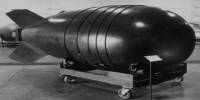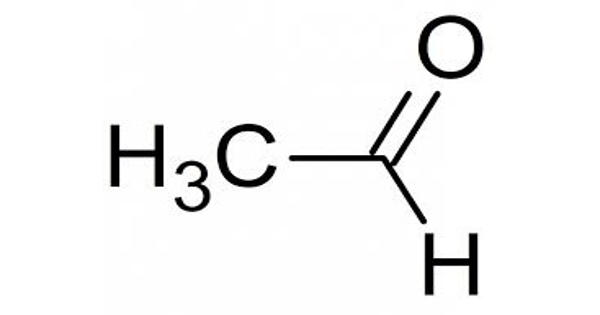A surface acoustic wave (SAW) is a type of sound wave that travels along the surface of a solid material. It is an acoustic wave traveling along the surface of a material exhibiting elasticity, with an amplitude that typically decays exponentially with depth into the material, such that they are confined to a depth of about one wavelength. SAWs are produced by passing an electrical signal through a transducer, which converts the signal into a mechanical wave that propagates along the material’s surface. SAWs have numerous applications, including telecommunications, sensing, and signal processing.
SAWs have several distinguishing characteristics that make them useful for specific applications. For example, compared to traditional electromagnetic waves, they have a very short wavelength, allowing them to be used for high-frequency applications. Furthermore, SAWs can be easily generated and detected using simple electronic components, making them relatively cheap to manufacture.
The speed and direction of a SAW depend on the properties of the material it is traveling through, such as its density, elasticity, and crystal structure. Because of this, SAWs can be used to detect changes in the material properties, which can be used for sensing applications.
Discovery
Lord Rayleigh described the surface acoustic mode of propagation and predicted its properties in his classic paper in 1885, which was the first to explain SAWs. Rayleigh waves, named after their discoverer, have a longitudinal and a vertical shear component that can couple with any media, such as additional layers in contact with the surface. This coupling has a strong effect on the wave’s amplitude and velocity, allowing SAW sensors to directly sense mass and mechanical properties. Although the terms ‘Rayleigh waves’ and ‘SAWs’ are frequently used interchangeably, there are several types of surface acoustic waves, such as Love waves, which are polarised in the plane of the surface rather than longitudinal and vertical.
SAWs such as Love and Rayleigh waves tend to propagate for much longer than bulk waves, as they only have to travel in two dimensions, rather than in three. Furthermore, in general they have a higher velocity than their bulk counterparts.
Application
One common use of SAWs is in surface acoustic wave filters, which are used to separate different frequencies in electronic circuits. SAW filters can be very effective at isolating specific frequencies, which makes them useful in a variety of applications, including mobile phones, television tuners, and other electronic devices.
Overall, SAWs are an important tool in the field of acoustics and have a wide range of practical applications.
















